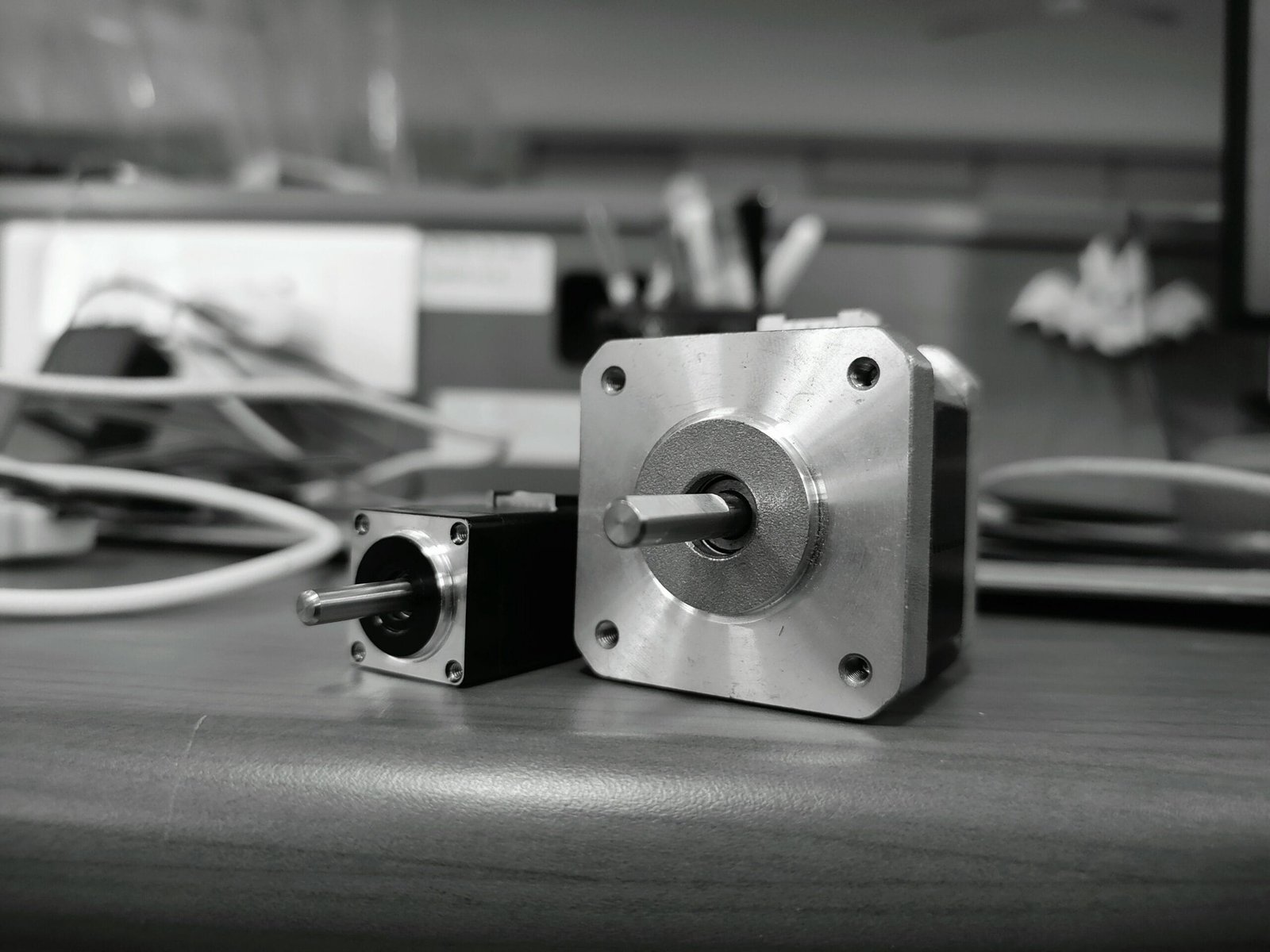Introduction
Installing Ubuntu on a Raspberry Pi is a great way to expand its capabilities and use it as a versatile computer. In this guide, we will walk you through the step-by-step process of installing Ubuntu on your Raspberry Pi. Additionally, we will provide you with an overclocking guide at the end to help you optimize the performance of your Raspberry Pi. Before we begin, here is a list of items you will need to complete this installation:
Items Needed
– Raspberry Pi (any model)
– MicroSD card (8GB or larger) – 2 64GB Micro SD Cards 100mb/s
– MicroSD card reader – Beikell SD Card Reader
– Computer with an internet connection
– Power supply for the Raspberry Pi
– HDMI cable and Micro HDMI Adapter (Required to connect to monitor) – U GREEN Micro HDMI Adapter
– Keyboard and mouse (required, for connecting to the Raspberry Pi)
Step 1: Download Ubuntu
The first step is to download the Ubuntu image for the Raspberry Pi. Visit the official Ubuntu website or the Ubuntu Mate website and locate the download page for Raspberry Pi. Choose the appropriate version for your Raspberry Pi model and click on the download link. Once the download is complete, proceed to the next step.
Step 2: Prepare the MicroSD Card
To install Ubuntu on your Raspberry Pi, you need to write the downloaded image onto the MicroSD card. Insert the MicroSD card into the card reader and connect it to your computer. Use a disk imaging tool like Etcher or Win32 Disk Imager to write the Ubuntu image onto the MicroSD card. This process may take a few minutes. Once the image is written successfully, remove the MicroSD card from the card reader.
Step 3: Connect the Raspberry Pi
Now, it’s time to connect the Raspberry Pi to your monitor, keyboard, and mouse. If you don’t have a monitor, you can set up your Raspberry Pi headless (without a monitor) and access it remotely using SSH. Insert the MicroSD card into the Raspberry Pi’s MicroSD card slot. Connect the HDMI cable to the Raspberry Pi and the monitor (if using). Connect the keyboard and mouse to the USB ports of the Raspberry Pi. Finally, connect the power supply to the Raspberry Pi to turn it on.
Step 4: Install Ubuntu
Once the Raspberry Pi is powered on, it will boot from the MicroSD card. The Ubuntu installation process will start automatically. Follow the on-screen instructions to select your language, time zone, and create a username and password. The installation may take some time, so be patient. Once the installation is complete, your Raspberry Pi will reboot.
Step 5: Configure Ubuntu
After the Raspberry Pi reboots, you will be greeted with the Ubuntu desktop environment. Take some time to explore the interface and familiarize yourself with the features. You can connect to Wi-Fi, install additional software, and customize the settings according to your preferences. Ubuntu on Raspberry Pi provides a similar experience to Ubuntu on a regular computer, so you can enjoy all the benefits of Ubuntu’s vast software ecosystem.
Overclocking Guide
Overclocking your Raspberry Pi can provide a significant boost in performance, but it also comes with some risks. Here are the steps to overclock your Raspberry Pi:
1. Open the terminal on your Raspberry Pi.
2. Type the following command to open the configuration file:
sudo nano /boot/firmware/config.txt
3. Scroll down to the bottom of the file.
4. Add the following lines to the file:
cpu_freq=2000
over_voltage=6
gpu_freq=650
5. Save the changes by pressing Ctrl + X, then Y, and finally Enter.
6. Reboot your Raspberry Pi for the changes to take effect.
sudo rebootPlease note that overclocking may void your warranty and can potentially damage your Raspberry Pi if not done properly. It is recommended to monitor the temperature of your Raspberry Pi and use proper cooling measures when overclocking.
Conclusion
By following this quick and easy guide, you have successfully installed Ubuntu on your Raspberry Pi. You can now enjoy the power and flexibility of Ubuntu on a compact and affordable device. Additionally, we have provided you with an overclocking guide to further enhance the performance of your Raspberry Pi. Remember to proceed with caution when overclocking and always monitor the temperature to ensure the stability of your Raspberry Pi. Have fun exploring the possibilities with Ubuntu on your Raspberry Pi!



